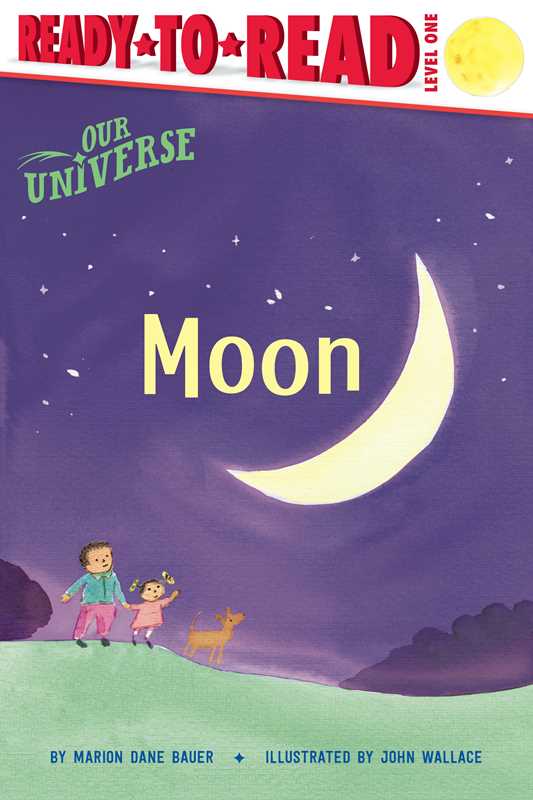2018 School Spending Survey Report
Moon
S. & S./Simon Spotlight.
(Our Universe).
Jul. 2021.
32p.
Tr $17.99. ISBN 9781534486430; pap. $4.99. ISBN 9781534486423.
COPY ISBN
VERDICT With plenty to engage curious minds, this title (and series) should circulate well in most early reader collections.
ALREADY A SUBSCRIBER? LOG IN
We are currently offering this content for free. Sign up now to activate your personal profile, where you can save articles for future viewing





Be the first reader to comment.
Comment Policy:
Comment should not be empty !!!